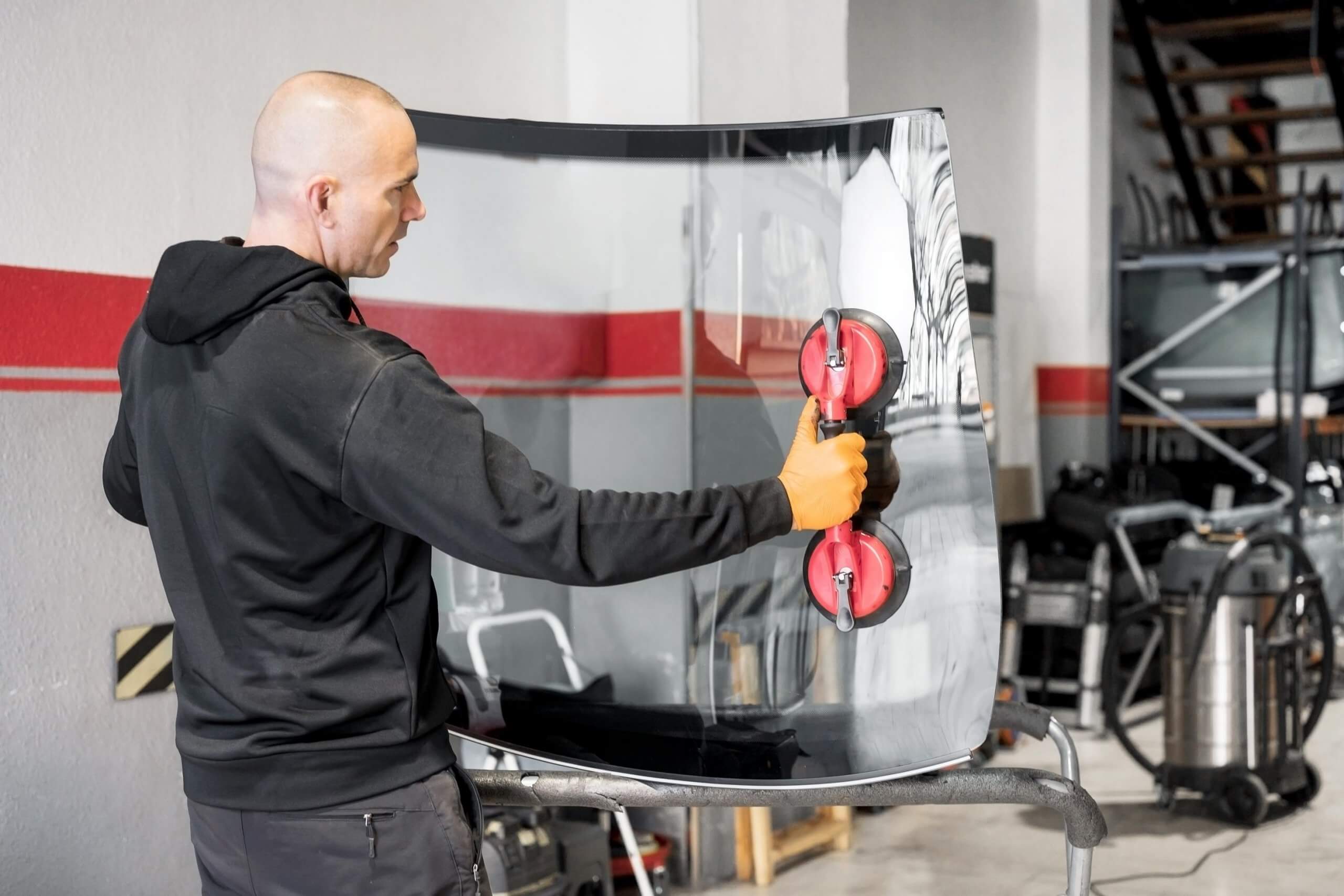Introduction: The windshield of a car is not just a piece of glass; it’s a critical safety component that protects occupants from the elements and contributes to the overall structural integrity of the vehicle. When faced with the need for windshield replacement due to damage, a common question arises: “How much money can be reimbursed from the insurance for replacing a car windshield?” This comprehensive article explores the intricacies of insurance coverage for windshield replacement, shedding light on the factors influencing reimbursement amounts and providing valuable insights for those navigating this process.
I. The Crucial Role of the Windshield:
a. Safety Implications: The windshield is a fundamental safety feature of any vehicle. It provides structural support, prevents the roof from collapsing in the event of a rollover, and serves as a barrier against flying debris. Damaged windshields compromise these safety functions, necessitating timely replacement.
b. Types of Windshield Damage: Windshield damage comes in various forms, including chips, cracks, and shattered glass. The severity and type of damage play a crucial role in determining whether repair or replacement is the appropriate course of action.
II. Factors Influencing Reimbursement Amounts:
a. Insurance Policy Terms: Understanding the terms of your insurance policy is the first step in determining how much money can be reimbursed for replacing a car windshield. Policies may vary, and some may offer full coverage for windshield replacement, while others may have limitations or deductibles.
b. Comprehensive Insurance Coverage: Comprehensive insurance coverage is the primary policy that typically covers windshield replacement. This coverage extends beyond collisions, encompassing incidents such as vandalism, theft, and environmental damage. However, it’s essential to review policy details to ensure windshield replacement is explicitly covered.
III. The Role of Deductibles:
a. Comprehensive Deductibles: Many comprehensive insurance policies have deductibles, which are the out-of-pocket expenses the policyholder must pay before the insurance coverage takes effect. Understanding the deductible associated with windshield replacement is crucial in gauging the total reimbursement amount.
b. Glass-Only Deductibles: Some insurance policies have a separate glass-only deductible for windshield repairs and replacements. These deductibles are often lower than the comprehensive deductible, providing a cost-effective option for policyholders in need of glass-related services.
IV. Types of Glass and Their Impact on Reimbursement:
a. OEM vs. Aftermarket Glass: The type of glass used for replacement can impact reimbursement amounts. Original Equipment Manufacturer (OEM) glass, which is designed to the same specifications as the original windshield, may be more expensive than aftermarket glass. Some insurance policies explicitly cover or prefer OEM glass, while others may provide reimbursement for aftermarket options.
b. Advanced Features: Modern vehicles often come equipped with advanced features integrated into the windshield, such as sensors for automatic braking systems and cameras for lane departure warnings. Replacing a windshield with these features requires specialized knowledge and may involve higher costs, influencing reimbursement amounts.
V. Additional Costs and Reimbursement:
a. Additional Repairs: During windshield replacement, additional repairs such as fixing or replacing moldings, seals, and windshield wipers may be necessary. It’s important to understand whether these additional components are covered by insurance and how they impact reimbursement.
b. Geographical Considerations: Geographical location can influence reimbursement amounts due to variations in labor and material costs. Understanding how your location impacts reimbursement can help in estimating the overall cost of windshield replacement.
VI. Navigating the Claims Process:
a. Filing a Claim: Initiating the claims process involves contacting your insurance provider and providing details about the windshield damage. This may include photographs, repair estimates, and a description of how the damage occurred.
b. Insurance Inspection: An insurance adjuster may conduct an inspection to assess the extent of the damage and determine the necessity of replacement. Providing accurate information during this inspection is crucial for a fair reimbursement.
c. Choosing a Service Provider: Insurance policies may have a list of approved service providers or allow policyholders to choose their preferred auto glass shop. Understanding the insurance company’s policies regarding service provider selection is essential, as it can impact reimbursement amounts.
VII. The DIY Option and Insurance Reimbursement:
a. Reimbursement for DIY Repairs: In some cases, insurance policies may provide reimbursement for do-it-yourself (DIY) windshield repairs. However, policies may have specific criteria that DIY repairs must meet to be eligible for reimbursement.
b. Risks and Limitations: While DIY repairs may seem like a cost-effective option, insurance reimbursement for such repairs may come with limitations. It’s crucial to understand these limitations and weigh the risks of DIY repairs against the potential reimbursement.
VIII. Maximizing Reimbursement:
a. Comparing Quotes: Obtaining multiple quotes from different auto glass shops allows policyholders to compare prices and choose a service provider that offers quality services at a reasonable cost. Understanding the reimbursement implications of choosing a particular service provider is essential in maximizing the benefits of insurance coverage.
b. Reviewing Policy Details: Regularly reviewing the terms of your insurance policy ensures that you are aware of coverage limits, deductibles, and any changes to policy terms. Staying informed about your policy details empowers you to make strategic decisions regarding windshield replacement.
IX. Conclusion
: In conclusion, the question of “How much money can be reimbursed from the insurance for replacing a car windshield?” involves a nuanced exploration of policy terms, deductibles, types of glass, and additional costs. Comprehensive insurance coverage for windshield replacement provides a valuable safety net, but understanding the intricacies of the claims process and reimbursement factors is essential for making informed decisions. Whether facing a minor chip or extensive windshield damage, knowing the reimbursement amount and the associated costs ensures that policyholders can prioritize safety without compromising their financial well-being. Ultimately, navigating the landscape of insurance coverage for windshield replacement requires a proactive and informed approach, empowering car owners to make decisions that align with both their safety and financial considerations.










